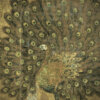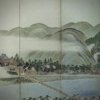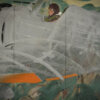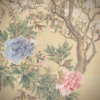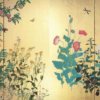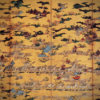Murase Gyokuden: A Talented Japanese Painter Who Painted the Official Paintings of the Imperial Household
Cherry Blossom and Sparrows
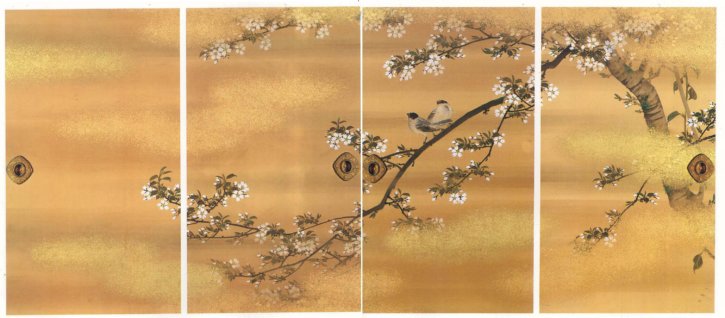
Wisteria and Swallows
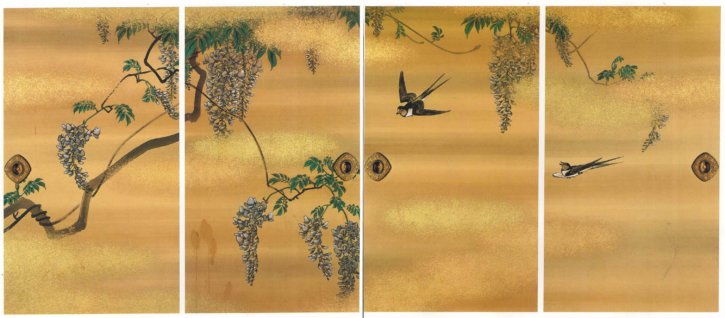
Japanese Clover and Sparrows
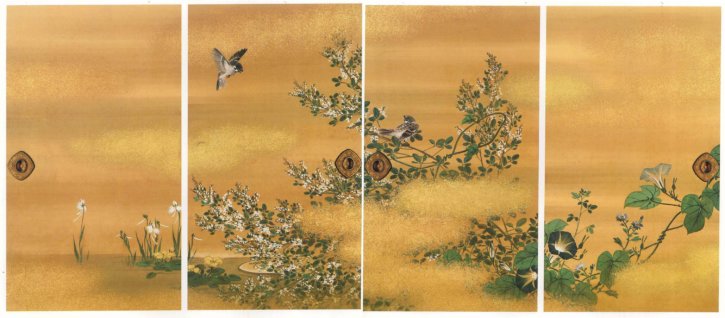
Chrysanthemum and Quails

Murase Gyokuden was born in 1852, in Kyōto. His last name was Enoki. He studied under the Shijō school painter Murase Sōseki and, afterwards, he became his adoptive heir, taking ”Murase” as his last name. The work he submitted for the 1st Naikoku Kaiga Kyōshinkai exhibition in 1882 became an official painting for the Imperial Household. In 1889, he also earned the bronze medal for the Japanese Arts Association Exhibition. In 1894, in the Autumn Exhibition for the same Association, he earned the silver medal and in the Autumn Exhibition of the consecutive year, he also earned the silver medal. In that Japanese Arts Association Autumn Exhibition, together with Taki Katei and Kawabata Gyokushō, he was one of the judges. Ishii Hakutei (printmaker, Western-style painter, art critic) had described one of Gyokuden’s side as following: “Murase Gyokuden was someone who became a disciple of Matsumura Keibun’s disciples, Yokoyama Seiki, and Shiokawa Bunrin. He did show a careful technique in bird-and-flower paintings in the Shijō style, but according to my father, it seems he didn’t have a steady personality, and even during the Art Association judges meeting, he showed a vague attitude in every situation, troubling others.” Hakutei’s father Ishii Teiko was also a painter and had judged the Japanese Art Association exhibition together with Gyokuden, so probably he told Hakutei about part of the situation at that time.
Has Gyokuden moved very early to Tōkyo or has he come to Tōkyo from time to time because of the screening as a judge? It is not clear when he moved to Tōkyo, but it seems that it was relatively early. He died in 1917 at 66 years old.
These paintings are the sliding doors of the Meiji Palace of the Imperial Palace, which was completed in 1888. For the decoration of the palace, all of the famous Japanese painters of the time were mobilized to draw on the sliding doors, ceilings, Sugido (door made of cedar), etc. It must have looked like a major museum of Japanese painting of the Meiji era, but unfortunately, most of it was burned down by the war. Fortunately, a painting on Sugido that was rescued at that time was handed down to the present day, and you can take a glimpse of what that time was like. Fortunately, Gyokuden’s 16 small sliding door paintings were also rescued at that time. Spring, summer, autumn, and winter are drawn on each of the four sides, with cherry blossoms and sparrows in spring, wisteria and swallows in summer, sparrows and chrysanthemums, and quails in autumn, and daffodils slightly to the left of chrysanthemums in winter. The gorgeousness of the Meiji Palace is hidden in splendid paintings in which gold paint and gold dust are scattered all over them. It is a painting that incorporates a modern sense into the technique of the Shijō school and is decoratively drawn and can be said to be a big scale world. There are relatively few works by Gyokuden, making these paintings a valuable existence as his masterpiece.

